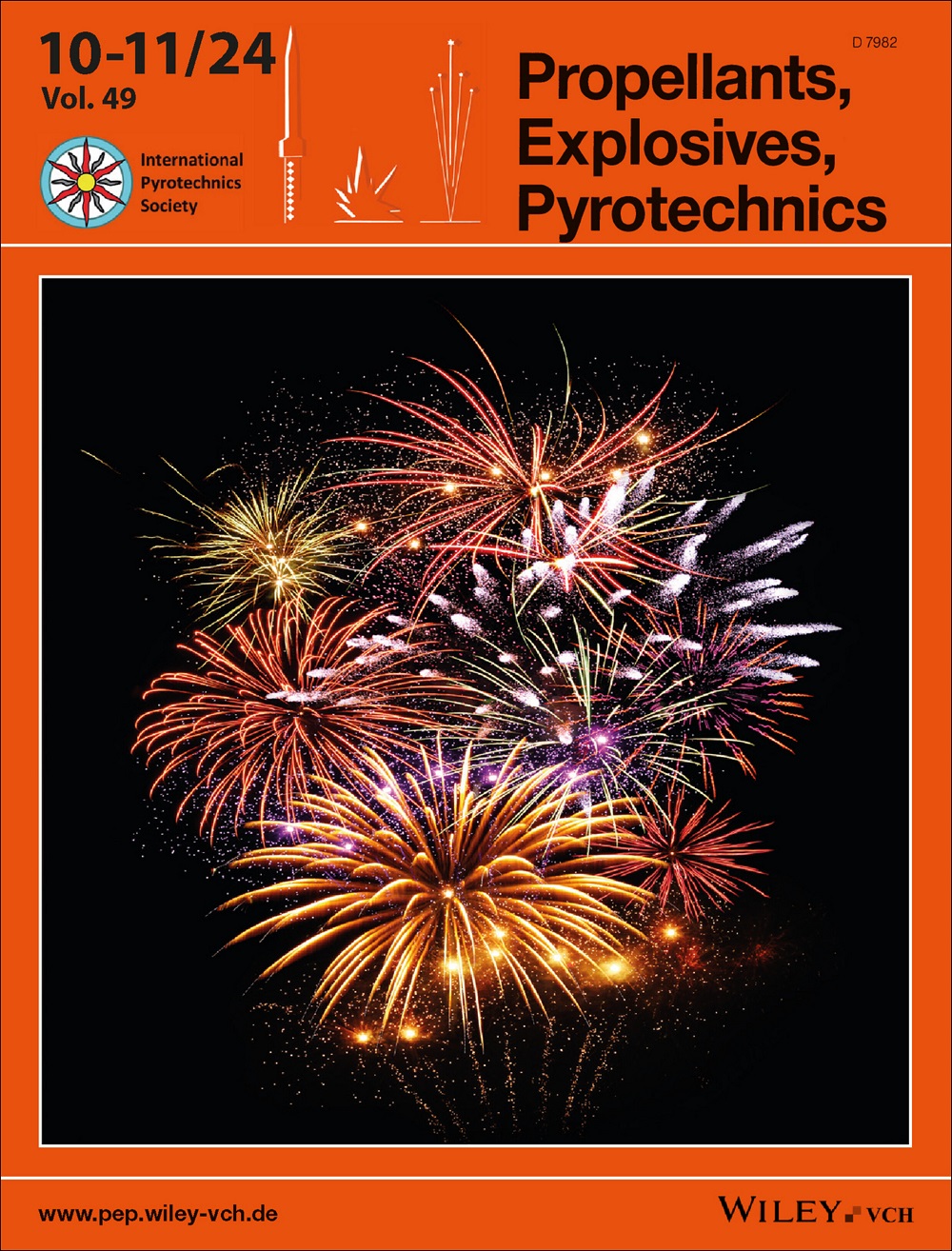战争沉船的风险评估--对德国湾/北海四艘载有弹药的沉船进行综合调查的方法
IF 2
4区 工程技术
Q3 CHEMISTRY, APPLIED
引用次数: 0
摘要
无论是在北海还是在全球范围内,沉船和倾弃弹药仍然是一个重大危险。欧盟区域间项目 "北海沉船"(NSW)与德国航空航天中心海洋基础设施保护研究所(DLR)合作开展研究,对沉船状况、残留弹药可能造成的污染物泄漏以及污染对暴露在北海环境中的海洋生物的影响有了新的认识。此外,还从档案中生成历史文件,以描述船舶的历史和沉没情况。这些历史发现与沉船目视检查的模型和图像进行了比较。此外,还对水、沉积物和生物样本进行分析,以寻找爆炸物的踪迹。结合这些不同领域的研究成果,可以更好地了解这些沉船带来的环境风险。下面以 1914 年沉没的德国轻巡洋舰 SMS MAINZ 号残骸为重点,展示了这一过程。数据与同样位于德国南部海湾的另外三艘沉船进行了比较。使用沉船风险模型对沉船的现有数据进行了初步评估。最后,根据沉船的潜在环境风险对其进行了排序。本文章由计算机程序翻译,如有差异,请以英文原文为准。
Risk assessment of war wrecks – a comprehensive approach investigating four wrecks containing munitions in the German Bight/North Sea
Shipwrecks and dumped munition continue to be a major hazard, both in the North Sea but also on a global scale. Research within the EU Interreg project North Sea Wrecks (NSW), in cooperation with the German Aerospace Centre, Institute for the Protection of Maritime Infrastructures (DLR), is generating new insights into the status of wrecks, the potential leakage of pollutants from remaining munitions loads and the effects of contamination on exposed marine organisms in the North Sea environment. Further, historical documents are generated from archives to describe ship's history and sinking scenario. These historical findings were compared to models and images of the visual inspections of the wrecks. Further, samples of water, sediment and organisms are being analysed for traces of explosives. Combining the results of these different fields of research allows for a better understanding of the environmental risks deriving from these wrecks. This process is shown below by focusing on the wreck of the German light cruiser SMS MAINZ, which sank in 1914. Data were compared to three additional wrecks situated also within the southern German Bight. Available data about the wrecks were preliminary assessed using a wreck risk model. Finally, wrecks were ranked according to their potential environmental risk.
求助全文
通过发布文献求助,成功后即可免费获取论文全文。
去求助
来源期刊

Propellants, Explosives, Pyrotechnics
工程技术-工程:化工
CiteScore
4.20
自引率
16.70%
发文量
235
审稿时长
2.7 months
期刊介绍:
Propellants, Explosives, Pyrotechnics (PEP) is an international, peer-reviewed journal containing Full Papers, Short Communications, critical Reviews, as well as details of forthcoming meetings and book reviews concerned with the research, development and production in relation to propellants, explosives, and pyrotechnics for all applications. Being the official journal of the International Pyrotechnics Society, PEP is a vital medium and the state-of-the-art forum for the exchange of science and technology in energetic materials. PEP is published 12 times a year.
PEP is devoted to advancing the science, technology and engineering elements in the storage and manipulation of chemical energy, specifically in propellants, explosives and pyrotechnics. Articles should provide scientific context, articulate impact, and be generally applicable to the energetic materials and wider scientific community. PEP is not a defense journal and does not feature the weaponization of materials and related systems or include information that would aid in the development or utilization of improvised explosive systems, e.g., synthesis routes to terrorist explosives.
 求助内容:
求助内容: 应助结果提醒方式:
应助结果提醒方式:


